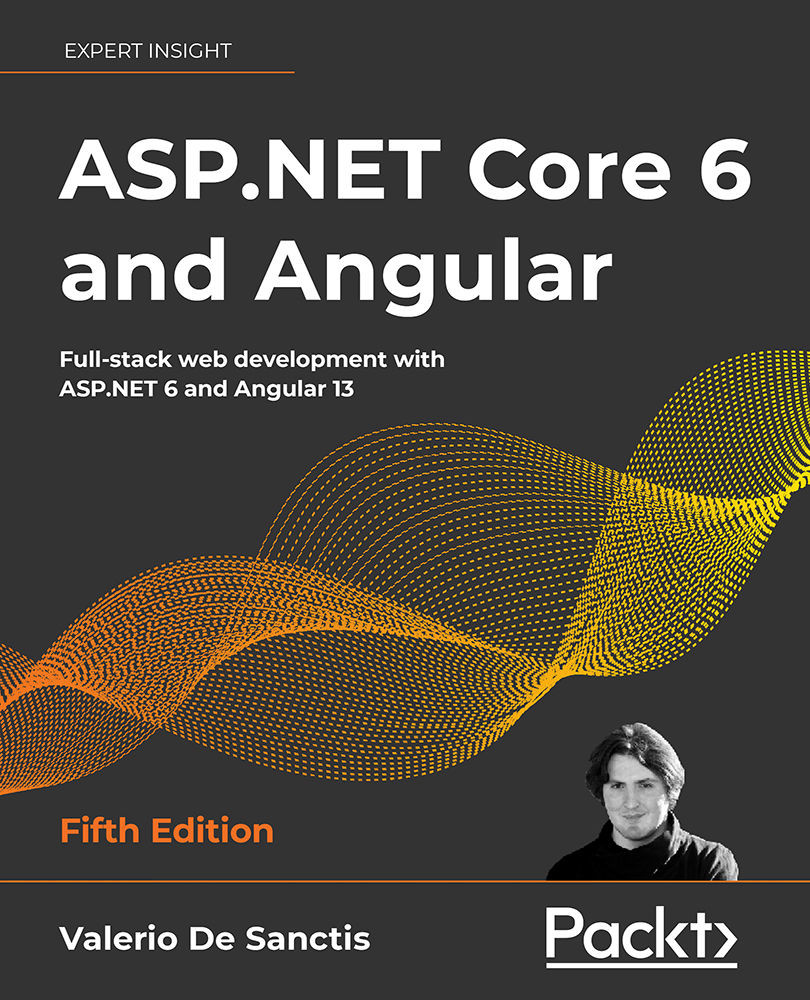In this chapter, we’ll focus on a topic that we just briefly mentioned back in Chapter 2, Getting Ready, when we first talked about the different development patterns for web applications available nowadays: Progressive Web Apps (PWAs).
As a matter of fact, both our HealthCheck and WorldCities apps currently stick to the Single-Page Application (SPA) model, at least for the most part; in the following sections, we’ll see how we can turn them into PWAs by implementing several well-established capabilities required by such a development approach.
As we learned in Chapter 2, Getting Ready, a PWA is a web application that uses a modern web browser’s capabilities to deliver an app-like experience to users. To achieve this, the PWA needs to meet some technical requirements, including (yet not limited to) a Web App Manifest file and a service worker to allow it to work in offline mode and behave just like a mobile app.
More precisely...



 Free Chapter
Free Chapter

